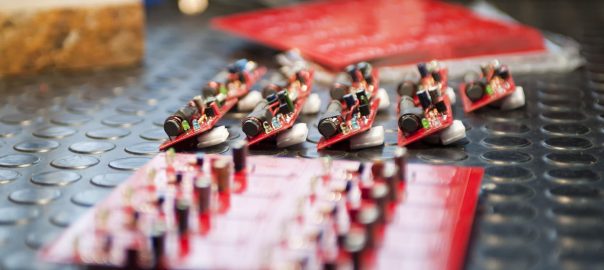For some reason, I am currently using a FortiGate on a location that has no native IPv6 support. Uh, I don’t want to talk about that. ;) However, at least the FortiGate firewalls are capable of 6in4 tunnels. Hence I am using the IPv6 Tunnel Broker from Hurricane Electric again. Quite easy so far.
But note, as always: Though FortiGate supports these IPv6 features such as a 6in4 tunnel or stateful/-less DHCPv6 server, those features are NOT stable or well designed at all. I had many bugs and outages during my last years. Having “NAT enabled” on every new IPv6 policy is ridiculous. Furthermore, having independent security policies for legacy IP and IPv6 is obviously a really bad design. One single policy responsible for both Internet protocols is a MUST. Anyway, let’s look at the 6in4 tunnel:
Continue reading Using a FortiGate with a 6in4 Tunnel →














